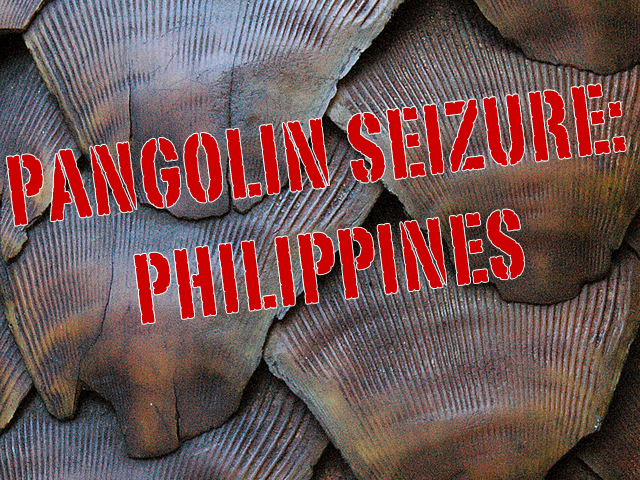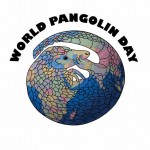Thanks to ridiculous myths about pangolin scales and flesh, the illicit trade is thriving.

Two seizures at Puerto Princesa city airport in southwestern Palawan province this week have reportedly netted 95 kilograms of pangolin scales and 26.5 kilograms of pangolin flesh.
According to the Philippine news site Philstar, the scales alone represent the lives of 100 pangolins (also known as scaly anteaters).
The IUCN Red List of Threatened Species™ lists the Philippine pangolin (Manis culionensis) as Near Threatened.
However, the Philippine pangolin may soon be re-assessed as Vulnerable.
The species is assessed as Near Threatened as it is close to meeting criteria A3cd for Vulnerable due to a projected population decline approaching 30% over ten years based on habitat destruction and hunting.
Environmental official Alex Marcaida told The Telegraph that 200 pounds of shells from a combined 40 Hawksbill and Green turtles were also confiscated.
Hawksbill turtles (Eretmochelys imbricata) are listed as Critically Endangered, and Green turtles (Chelonia mydas) are Endangered.
It was also reported by the Philstar that one individual is currently facing charges in connection with the illicit cargo.
The boxes were signed by a certain Novelito Rendon and were supposed to be delivered to Renato Aloyan in Cebu City. Rendon is now facing a charge of violating Republic Act 9147, or the Wildlife Resources Conservation and Protection Act.
The freight company (which was not named) “admitted it did not thoroughly inspect the boxes” containing the scales and shells.
Pangolin scales and flesh consumed in China
Despite a lack of scientific evidence, traditional Chinese medicine credits pangolin scales (made of keratin) with the power to treat an unusually wide variety of conditions, including psoriasis, infertility, asthma – and even cancer.
Pangolin flesh is consumed, mainly in China, to “nourish the kidneys.” Even pangolin fetuses are eaten.
It is estimated that between 40,000 and 60,000 pangolins were slaughtered in 2011 because of these ridiculous myths about pangolin scales and flesh.
Author: Rhishja Larson. Learn more about Rhishja here.




Comments are closed.